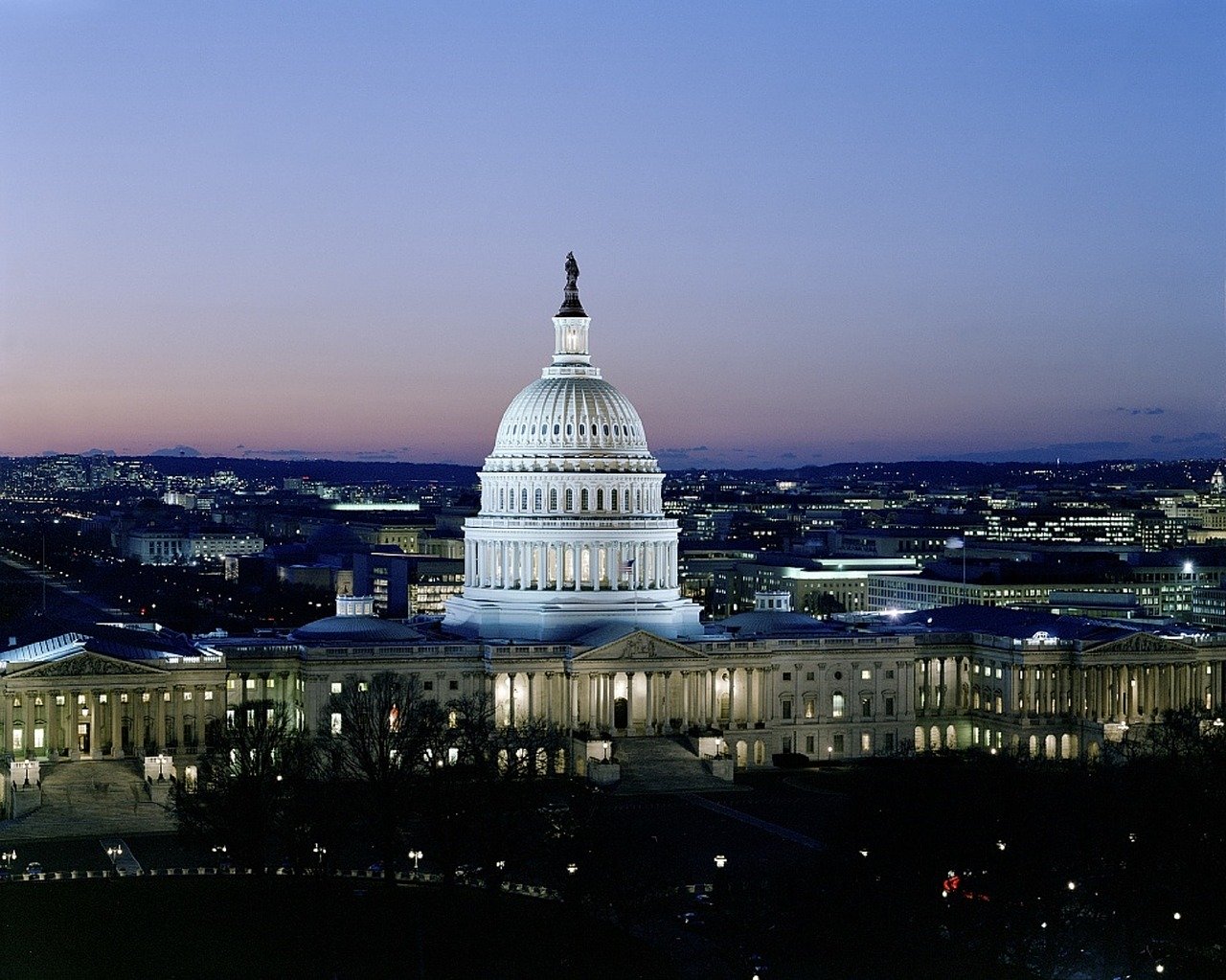It was just after 2 a.m. on Nov. 8, 2000, three hours after California’s polls had closed, and the presses were on stand-by at The Wall Street Journal’s 17 printing plants, waiting for my newsroom colleagues and me to make a decision.
Would we call the election for Vice President Al Gore or Governor George W. Bush of Texas? We had suites of stories ready for each outcome, and editors tweaking sentences as we dithered. But the vote tallies weren’t accommodating us. We finally opted out and reported the election was too close to call.
That hadn’t kept other news media from trying. Early on, the television networks had projected the victor would be Gore; then they called it for Bush. The front pages of ever-later editions of the Chicago Sun-Times told a story of emerging confusion: “Bush and Gore Fight to Finish,” “Bush,” and, finally, “Recount.”
That recount — chaotic, highly politicized, and so lawyered-up it was ultimately certified only after a bitterly divided Supreme Court ruling — gave Bush an Electoral College victory despite his Democratic rival’s half-million popular-vote lead. It also revealed deep flaws in journalism’s hyper-competitive coverage, which sometimes puts getting the news first ahead of getting it right.
This election year, the chaos, politicization, and legal posturing has already revved up. With the additional complexity of voting during the coronavirus pandemic, the likelihood of an election-night result is lower than it has been in at least two decades.
But this time, journalists have the opportunity to get it right early and set expectations for a potentially prolonged process.
More than that, journalists have a responsibility to do so.
Americans need to know that in this highly abnormal year, the outcome of the election may not be known for days or even weeks — and that such an outcome would be entirely normal, given the extraordinary circumstances. Consider the obstacles:
▪ The expected surge in mail-in voting, particularly among Democrats and older voters, will mean far more physical sorting and Election Day counting of votes in thousands of precincts and counties. New York has received 10 times as many applications to vote by mail as it did four years ago.
▪ The pandemic’s social distancing constraints will require in-person voters to stand in longer lines and result in fewer local polling sites being open. The epic fires that have swept Western states may also limit in-person voting.
▪ Exit polls — drawn from interviews of voters leaving polling stations and used to make statistically informed predictions of the election’s outcome — won’t be as reliable if categories of voters, including COVID-susceptible older voters, don’t vote in person or if polling places aren’t open.
▪ Republicans and Democrats alike are planning significant get-out-the-vote efforts in battleground states, and experts predict 160 million eligible Americans will vote, both in advance of and on Nov. 3, up from 139 million in 2016.
▪ Both parties, aware of these unusual circumstances, have lined up lawyers and poll-watchers on hair-trigger alert to spot and challenge voting anomalies.
Why is it so important that the news media prepare Americans for a drawn-out process? Because the election’s credibility goes directly to the legitimacy of the next administration and its ability to govern.
There are those who will try to meddle or cast doubt on the election. US intelligence agencies say Russia, China, and Iran are active, and the Senate Intelligence Committee says hackers already have probed voting systems in every state. President Trump, who says he won’t necessarily accept the election outcome, has challenged the reliability of voting by mail, without evidence. Members of both political parties have warned that a loss for their side could be the result of election interference.
The longer it takes for a winner to emerge, the more likely conspiracy theories and doubts are to spread. Already, election experts are warning of a “red mirage”— the possibility that initial returns will favor Republicans, who surveys suggest are more likely to vote in person before a later surge of hand-counted votes is recorded from Democrats who voted by mail.
We live in a time when truth and facts are often intentionally obscured. An unexpected delay in vote tallying will feed false narratives. Journalists have to make clear that a protracted but careful tabulation of votes doesn’t call an election’s credibility into question; it underscores it.
The news media have a tradition of protecting the integrity of the election process. For years, they have refrained from calling the outcome of national elections until West Coast polling places closed. The reason for this is to ensure that voters who were animated by a presidential race don’t decide to stay home when they learn that other American voters, voting in earlier time zones, already have settled the outcome.
National elections in the United States were logistically complicated from the beginning. When the Constitution and amendments governing presidential elections were written, there was no Internet, no television, no interstate communication, and no expectation that an outcome would be known on election night. Instead, states were given more than a month to tabulate and certify results.
That may pose its own set of complications. In a number of the most closely watched states this year, the legislatures are controlled by one political party, the governor’s mansions by another. They have until Dec. 14, when the Electoral College, which formally selects the president, meets.
So, fasten your seat belts and remember: Election Day isn’t results day. It’s voting day. For the good of our democracy, the news media should start preaching the doctrine of patience now.


